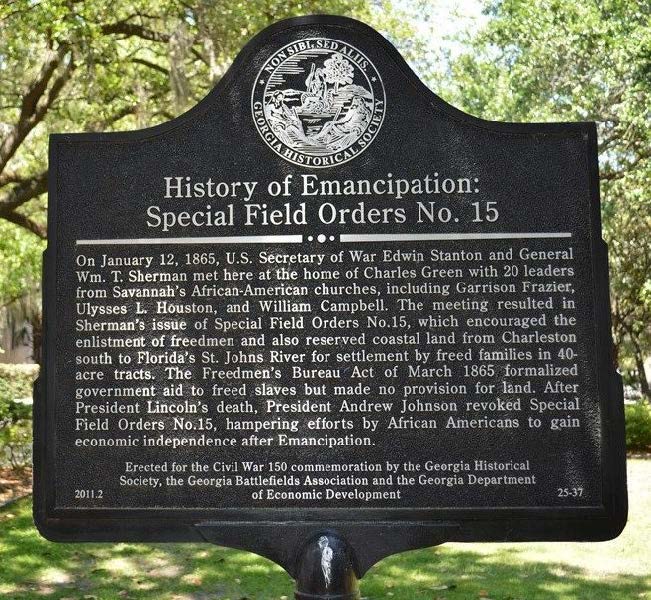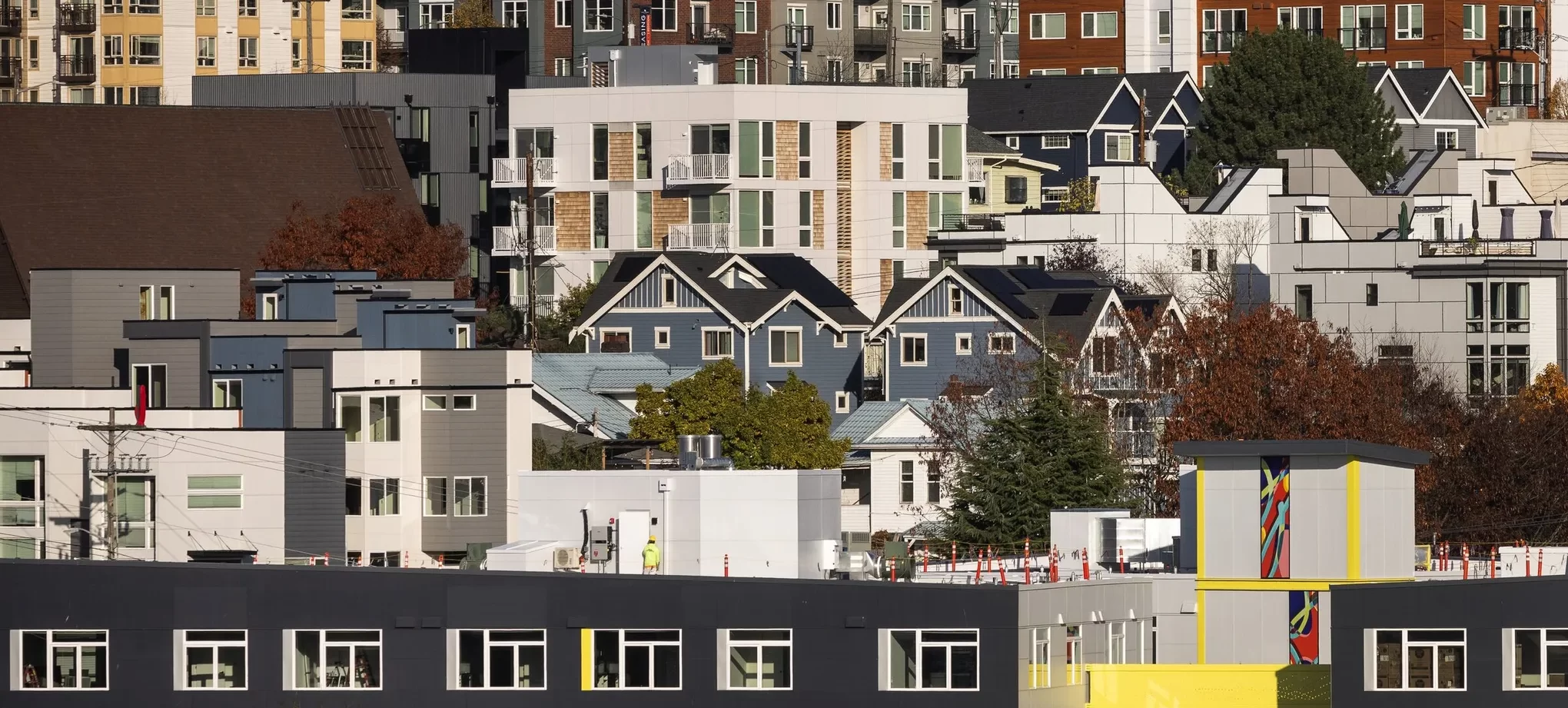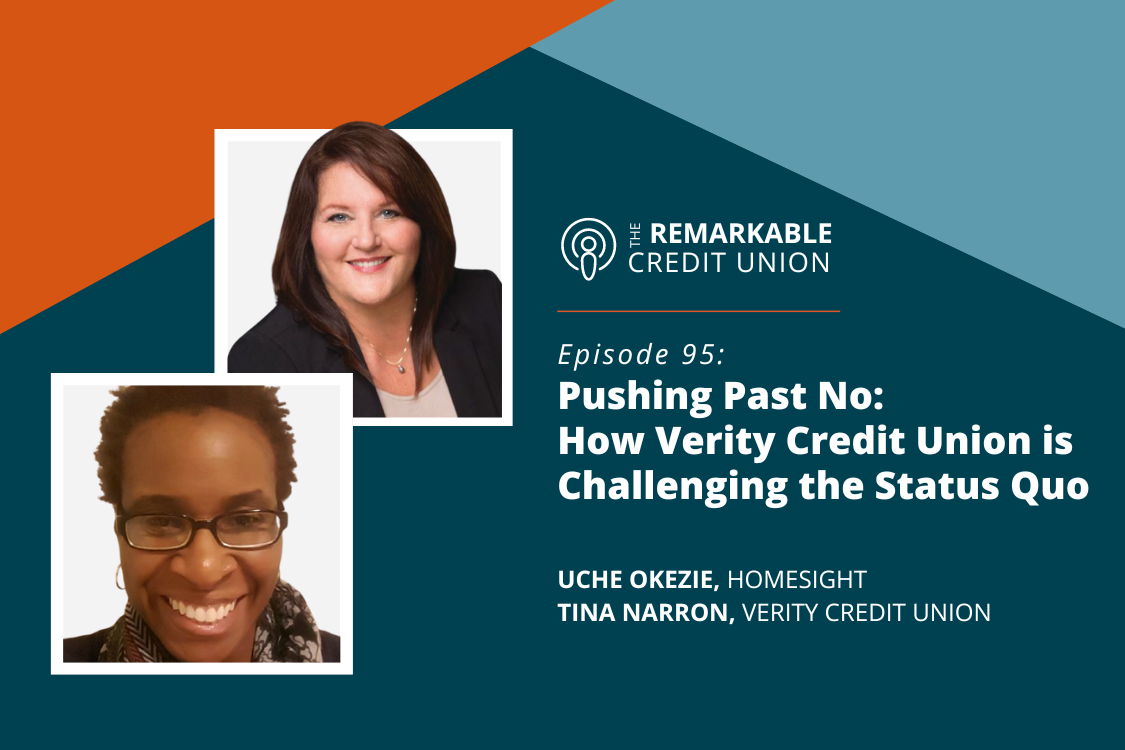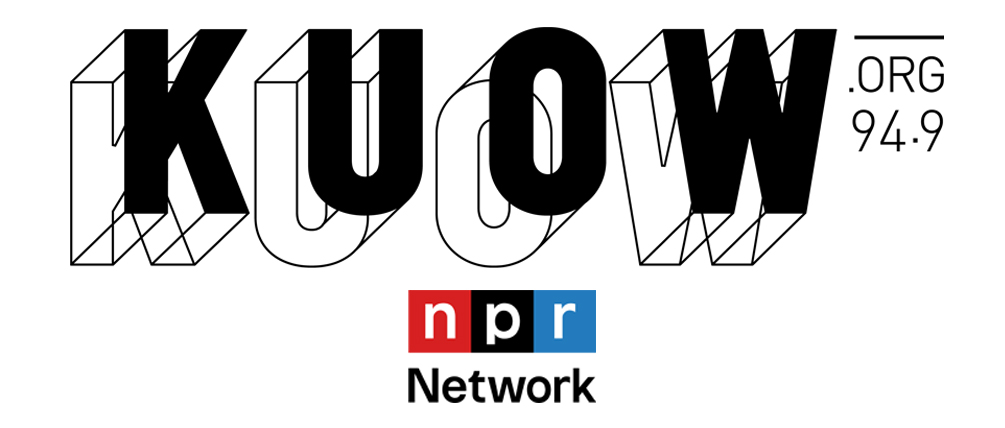
Homesight in the news
HomeSight Affordable Housing Co-Op U-lex Will Break Ground This SummerCommunity-Led Project Will Bring 68 New Affordable Housing Units to Southeast Seattle
thefactsnewspaper.com – MAR 5, 2024
HomeSight Affordable Housing Co-Op U-lex Will Break Ground This SummerCommunity-Led Project Will Bring 68 New Affordable Housing Units to Southeast Seattle
After years of planning and development at Othello Square, HomeSight will enter the final phase of this community-led project as it breaks ground this summer on its planned co-operative housing development, U-lex@Othello Square. Set next to the light rail station at Martin Luther King Jr. Way and South Holly Park Drive, U-lex will offer 68 units affordable to families earning 80 percent or less of the area median income at the time of purchase.
HomeSight is now inviting incomc-qualified applicants to apply and reserve a unit at U-lex@Othello Square on a first come, first served basis.
Housing costs remain prohibitive to many in southeast Seattle. According to the Northwest Multiple Listing Service, the median King County home sold for $935,000 in June. A recent Seattle Times inquiry into rising housing costs concluded the salary needed to purchase a typical Seattle home is $214,000 – an 80% rise in the past few years.
While southeast Seattle is culturally rich – its approximately 75,000 residents hail from 40 distinct ethnic groups and speak over 50 languages – this neighborhood is home to the highest percentage of low-income residents in the city. The meteoric rise in housing costs places these long-time community members at high risk for displacement.
“Seattle needs affordable housing, now more than ever,” said HomeSight Executive Director Darryl Smith. “For many low- and middle-income people in Washington, even a so-called ‘starter house’ is too big a leap to get into the real estate market. With a co-op like U-lex, people can start building equity at a much lower price point than you’d find in this housing market. U-lex is creating the first few rungs on the ladder, so people can start the climb to the true financial stability homeowning allows.”
The Othello Square project is notable for its emphasis on extensive community involvement throughout the planning process. Beginning with a nine-month feasibility period in 2017, the project grew and evolved through engagement with southeast Seattle community organizations, local businesses, residents, and resident coalitions.
The first buildings in the Othello complex now house the Odessa Brown Children’s Clinic, a community-based health care provider, Verity Credit Union, Salish Sea Elementary School, and Tiny Tots Development, a provider of early childhood education.
U-lex’s five-story, mixed-use residential development will offer 25 one-bedroom units (650 sqf.), 35 two-bedroom units (860 sqf.), and 8 three-bedroom units (1015 sqf.). U-lex offers underground parking, bike storage, unit storage spaces, and each unit will be equipped with water- and energy- efficient fixtures and appliances. A large, multi-purpose area equipped with a kitchen will be connected to a central, outdoor courtyard, and sun decks and outdoor gardening opportunities will be available on the second and fourth floors.
In addition to the income requirements, applicants must be first-time homebuyers or have not owned a home in the past three years. Preference will be given to southeast Seattle stakeholders: residents, former residents, and people who work or have connections there. Fifty percent of units are reserved exclusively for this community.
“U-lex is an intentional anti-displacement tool,” said Uche Okezie, HomeSight’s Director of Real Estate Development. “Without planned growth through projects such as U-lex, the city risks losing the communities that make Seattle so unique.”
The boundaries of southeast Seattle today correspond directly to areas on the 1936 Homeowners’ Loan Corporation map for Seattle. Because people of color lived there, these areas were shaded yellow for “definitely declining” and red for areas designated “hazardous.” Overlaying this map with the Displacement Risk Index and Access to Opportunity Index maps in the city of Seattle’s 2015 Growth & Equity Report shows this legacy of redlining and racially restrictive lending covenants persists. Last year, the Washington State Department of Commerce released its report on homeownership rates for Black, Indigenous, and People of Color in Washington, which stated: “The Black-white homeownership gap is worse today than it was in the 1960s when racial discrimination in housing was legal.”
U-lex is spelled “ʔúləx̌” in Lushootseed, the language spoken by the Coast Salish people who originally lived on this land. Pronounced ‘OH-lew,’ ʔúləx̌ means “gather” in the Lushootseed language.
“As a place-based community development organization serving historically redlined and marginalized people excluded from civic and economic participation in society, our mission is to ensure those who built our neighborhoods and communities share in the benefits of its growth,” said Okezie. “Closing disparities in access to opportunity and creating generational wealth through homeownership has been and still is our focus.”
Facebook
LinkedIn
Email
thefactsnewspaper.com | January 16, 2024 | HomeSight, as Part of Black Home Initiative, Launches Field Order 15 Fund to Help Black Home Developers Build Affordable Homes

thefactsnewspaper.com – JAN 16, 2024
HomeSight, as Part of Black Home Initiative, Launches Field Order 15 Fund to Help Black Home Developers Build Affordable Homes
Exactly 159 years after Civil War General Sherman issued Special Field Order 15, the fund will facilitate the building of more homes for sale – and help close the racial wealth divide.
HomeSight, a nonprofit catalyst for equitable homeownership and economic opportunity, announced today that, under the auspices of Black Home Initiative (BHI), it will launch the Field Order 15 Fund, a reparative lending program for Black home developers.
The program will provide upfront grant money, eligibility for low-interest lending and technical support for Black developers who are building affordable homes in the communities that need these resources most. By strategically empowering Black developers, the Field Order 15 Fund offers a creative approach to addressing the affordable housing shortage by giving agency to stakeholders that traditionally have not had a seat at the table.
“The Field Order 15 Fund is systems change work at the granular level,” said HomeSight Executive Director Darryl Smith. “BHI was assembled to create 1,500 new Black homeowners in the next five years. We can’t do that with the inventory that’s out there. We need to get more affordable homes built, and to do that, we need to lower the barriers for the builders who are invested in this goal.”
Capital for project planning is often the first and most difficult barrier to new home construction, and the program’s upfront grant money removes this barrier. But the Field Order 15 Fund is more than a grant program. The underwriting team — which includes experts in construction lending, fund management, banking, accounting and real estate development — provides technical support using a proprietary checklist system. This checklist was developed in collaboration with the underwriting team and HomeSight’s experienced Real Estate Development team, who will guide and support builders throughout the process.
After completing the rigorous planning process, developers in the program become eligible for a low-interest pre-development loan commensurate with their project’s size. This section of the program essentially stands in for the loan application for construction financing. Because the underwriting committee will have deep knowledge about the projects in the program, they will be the first point of contact when issues arise. The goal will be facilitating wins rather than negative recourse should development challenges arise.
“HomeSight is the perfect home for this project,” said HomeSight’s Real Estate Development Director, Uche Okezie, who will manage the project for HomeSight. “As a Community Development Financial Institution, we have homeownership counseling, we do mortgage lending, we offer down payment assistance to income-qualified households, and we also build quality, affordable houses. But we are also a CDC – a Community Development Corporation – and our job there is to promote economic growth in the communities we serve. As a CDFI, a CDC, and a member of the BHI, this project pulls all our expertise, goals and imperatives together in a really unique way.”
The Washington State Housing Finance Commission, Amazon, and JP Morgan Chase are funding the project. Business Impact Northwest will provide surround-support services if a developer needs additional support or finds they are not ready for the program.
“The goal is to say yes to developers even when the answer might be ‘Not now, but after making a few adjustments, we’d welcome you to come back to the fund and continue the process,’” said Okezie.
What is “Special Field Order 15?”
General William Tecumseh Sherman issued Special Field Order 15 on January 16, 1865.
The order confiscated 400,000 acres along his famous march to the sea, which would be re-distributed the newly freed enslaved people, providing each family with “40 acres and a mule.”
President Lincoln approved Special Field Order 15, but after his assassination his successor Andrew Johnson rescinded it, returning the land to former enslavers. Black people never received “40 acres and a mule,” or any restitution for their enslavement. The following ten decades of explicitly racist policies prevented Black people from staking a claim in an economically secure future.
The Field Order 15 Fund aims to fulfill this abandoned equity goal.
About HomeSight
Since 1990, HomeSight, a nonprofit Community Development Financial Institution (CDFI) and Community Development Corporation (CDC), has worked to preserve and promote economically and culturally diverse communities through affordable homeownership, business development and community advocacy. HomeSight believes communities can only be strong, vibrant, and equitable if homeownership is attainable, cultural anchors can thrive in place, small businesses have access to the knowledge and tools to excel in changing markets, and prosperity is built and shared among all members of each unique community.
About Black Home Initiative
Black Home Initiative (BHI) is a multi-year, regional effort from Civic Commons that targets the racial inequities at the core of the housing ecosystem to increase homeownership among BIPOC (Black, Indigenous, and People of Color) households. BHI’s initial emphasis is to create opportunity for 1,500 new low- and moderate-income Black households to own a home in South Seattle, South King County, and North Pierce County within the next five years. The initiative convenes cross-sector partners who collaboratively act on local priorities ranging from homebuyer preparation to construction financing to policy reform. By centering those most affected by the work, BHI is creating a foundation for long-term systems change. The ultimate impact we seek is racial equity for everyone and an increase in intergenerational household wealth.
Seattle Times | January 16, 2024 | Seattle-area nonprofit launches fund to help home developers of color

SEATTLE TIMES – JAN 16, 2024
Seattle-area nonprofit launches fund to help home developers of color
By Heidi GrooverSeattle Times business reporter
In the predominantly white real estate development industry, a Seattle-based nonprofit hopes to help developers of color get much-needed affordable housing projects off the ground.
HomeSight, a nonprofit developer and lender, launched a new fund Tuesday to help small-scale developers in the early stages of building affordable for-sale homes.
Funded by Amazon, JPMorgan Chase and the Washington State Housing Finance Commission, the fund will offer $550,000 in grants for developers of color in the earliest stages of building, such as surveying possible job sites, getting legal help or putting money down to secure a property.
Another $1.5 million will fund low-interest loans for the next steps, such as hiring consultants, architects and engineers to put together plans and applying for building permits. Those initial development costs can vary based on the project. Uche Okezie, director of real estate development at HomeSight, estimates that predevelopment work on a town home development, for example, could average about $75,000 per home.
The fund is open to all developers of color with a focus on supporting Black developers. Given wealth disparities and discrimination, Black developers are more likely to start with smaller portfolios and face more challenges getting loans for construction projects, Okezie said in an interview.
“They don’t have the same financial backing as their white counterparts do and so it makes it a little bit harder to get started,” she said.
Builders of color all over the country face similar challenges. Nationwide, fewer than half a percent of developers are Black, by one estimate. A 2020 report found that just 5% of members of the Urban Land Institute, a real estate and land-use group, were Black. Organizations in Washington, D.C., and California have started similar efforts to support developers of color.
HomeSight has labeled its effort the Field Order 15 Fund, named for the 1865 order that designated land in the South for newly freed enslaved people, often referred to as the promise of “40 acres and a mule.” President Andrew Johnson later repealed the order. The organization calls the new program an attempt to “fulfill this abandoned equity goal.”
The new fund is part of a larger effort to help 1,500 low- and moderate-income Black households buy homes in South Seattle, South King County and North Pierce County. To reach that goal, HomeSight Executive Director Darryl Smith said the region needs to support more developers interested in building housing affordable to first-time homebuyers.
The Field Order 15 Fund will support developments of homes for sale that are affordable to those making 120% of area median income or less. That amounts to roughly $131,000 for a couple living in King County or $103,000 in Pierce County.
HomeSight hopes to begin distributing funds to developers in the next three to four months.
Diversifying the people building housing across the region can offer role models in the industry and diversify the types of developments being built, Okezie said.
“I would like to be able to say I bought my home from somebody who looks like me who built it,” she said. “They understand the things that I want, and also to keep the money in our community.”
Heidi Groover: 206-464-8273 or hgroover@seattletimes.com; on Twitter: @heidigroover.
HomeSight’s Uche Okezie Wants to Put Co-Ops on the Map in Seattle

HomeSight’s Uche Okezie Wants to Put Co-Ops on the Map in Seattle
Okezie joined the Remarkable Credit Union podcast to share how HomeSight’s housing co-op project, ʔúləx̌(U-lex) @ Othello Square, can keep community members from being displaced – and create a stronger community.
People may not be familiar with the word ‘ʔúləx̌’ – it’s the Lushootseed word for ‘gather’ – but the word ‘co-op’ should be in every Seattle homebuyer’s vocabulary, HomeSight’s Real Estate Development Director Uche Okezie told the hosts of the Remarkable Credit Union podcast last week.
Okezie joined the podcast to talk about HomeSight’s partnership with Verity Credit Union and how it helped bring the U-lex @ Othello Square project to fruition. Tina Narron, the Chief Lending Officer at Verity Credit Union, joined the discussion as well.
Hosted by Pixelspoke CEO Cameron Madill and Pixelspoke Senior Marketing Manager Kerala Taylor, the podcast is geared to “help credit union leaders think outside of the box about marketing, technology, and community impact.”
The hosts asked Okezie and Narron: “Why a co-op?”
Okezie, who has worked at HomeSight for over 20 years, said the changing homeownership climate played a major role in HomeSight’s decision to bring the limited equity cooperative (or LEC) model to Seattle.
Since HomeSight began working to help people purchase homes 30 years ago, “things have been changing in Seattle,” Okezie explained. “Land is more expensive. [HomeSight] typically relied on down-payment assistance to help income-qualified folks purchase homes, but there’s just not enough to cover the gap in affordability between what they can afford and what the market says they have to pay in order to purchase it.”
Okezie said an LEC provided “another pathway to provide that level of affordability.”
Sometimes described as the ‘first rung’ of the ladder to homeownership, co-ops, said Okezie, “everyone who is a resident in the building is a part owner of the building. They have bought shares and that gives them the right to live in their unit for however long they own their shares. It gives each household, or member, a vote in all the building operations. Whether it’s the budget, or the board members — who are elected community members – their share gives them a vote on what happens with their building and in their community, and that community is the building.”
Okezie said community is a significant difference between condo ownership and co-op ownership. “Because everybody owns the building cooperatively, they all have a vested interest in its destiny, its future, and they have the right to communicate that to their fellow members, the people that they all share this asset with,” said Okezie. “You aren’t going to have your own mortgage, you’re helping to collectively build wealth, the asset of the building that you all live in and share.”
Narron said Verity Credit Union jumped in at the beginning of the project, when HomeSight invited all members of the Othello community to sit down and discuss their needs. “HomeSight did a really good job of hearing all of that, gathering all of that data, [and] coming up with plans,” Narron said.
Podcast host Madill commented that while Othello Square is a “truly innovative initiative,” it “alone won’t solve the affordable housing crisis in Seattle.” She asked Okezie and Narron: “How do you hope the project might help change the narrative when it comes to affordable housing solutions?”
“I think our biggest stumbling block here has been that it’s just not a common model,” said Okezie. “It’s rare in Seattle. I would love for this to be something that was completely normalized and another option for people.”
Narron agreed and said the LEC model presented an opportunity for credit unions to normalize the unique elements of this mortgage product. “We’re looking at this as a pilot for the West Coast because this might be another viable option to help, not necessarily solve, but help with solving that affordable ownership problem that we’re running into. Cost is out of control, inventory is so small, financing is so difficult. We push the American dream, but how do we help people actually achieve it?”
Okezie said that dream can be realized for more people with “more co-ops, more limited equity co-ops, and more demand for these units” in the new year. She wants co-op ownership to be “just as commonplace as saying: ‘I’m going to go buy a condo.’”
Listen to the Verity Credit Union Podcast here.
U-lex @ Othello Square has opened applications to income-qualified buyers. Situated at Martin Luther King Jr. Way and South Holly Park Drive, U-lex will offer 68 units affordable to families earning 80 percent or less of the area median income at the time of purchase. To be eligible, purchasers must have a household income 80 percent or less than the area’s median income by household size, and be first-time homebuyers or have not owned a home in the past three years. Learn more about U-lex here.
Is the American Dream of Homeownership Out of Reach?

Is the American Dream of Homeownership Out of Reach?
NPR’s SoundSide posed this question to a panel joined by HomeSight’s Executive Director Darryl Smith and all agreed change is long overdue. (… and HomeSight has innovative solutions to unveil in the coming year.)
Last week, HomeSight Executive Director Darryl Smith joined a panel with NPR’s SoundSide to discuss homeownership in Washington. Host Libby Denkman said the unfavorable climate for first-time homebuyers – created in part by 7.5% interest rates and housing home prices jumping 40 percent since the pandemic – left many feeling “shut out” of this traditional path to generational wealth stability.
A $750,000 median price for a starter home in King County puts homeownership out of reach for a lot of people, Smith said, adding that he bought his first Seattle home with his wife over 20 years ago for just $99,000.
Times are tough now for millennials who want to become homeowners, Denkman said, and Smith pointed out that for people of color, this situation is far from new: homeownership was deliberately placed out of reach through legal channels for hundreds of years.
“It’s easy to think this is a new problem and it used to be easier across the board for people to buy homes, but frankly, that isn’t true for everyone,” Smith said. “Redlining and other laws shut out people of color from the advantages of homeownership, explicitly excluding them from ways families build wealth, pay for college, start businesses or deal with a health catastrophe. In many areas, the government played a direct role in creating this ecosystem of housing disparity, and it’s led to a wealth gap that’s only getting wider.”
Because it is a nonprofit Community Development Financial Institution (CDFI) with a mission to help low- and moderate-income families secure mortgages, HomeSight can offer programs such as down payment assistance or reduced down payment requirements. “Unlike commercial lenders, we’re governed by the Department of Financial Institution, but we have that mission, that drive, to navigate the challenges our clients face,” said Smith. “That’s what we do. It’s incredibly important work.”
But out-of-reach housing costs represent only part of the problem, and the panel also discussed the housing shortage.
“First-time homebuyers are seeing fewer and fewer choices in their price range,” Smith said. “There’s this critical gap between what someone can afford and what’s actually out there.”
Smith said that as a developer of affordable housing, HomeSight is bringing an innovative solution to this challenge. Next year, HomeSight hopes to break ground on a co-operative housing development, U-lex @ Othello Square for low- and middle-income families in south Seattle. Situated next to the light rail station at Martin Luther King Jr. Way and South Holly Park Drive, U-lex will offer 68 units affordable to families earning 80 percent or less of the area median income at the time of purchase.
“If you look at housing as rungs on a ladder, and you see people that cannot reach that lowest rung, we’ve got to put rungs within reach,” said Smith. “For many low- and middle-income people in Washington, even a so-called ‘starter house’ is too big a leap to get into the real estate market. With a co-op like U-lex, people can start building equity at a much lower price point than you’d find in this housing market. U-lex is creating the first few rungs on the ladder, so people can start the climb to the true financial stability homeowning allows.”
Smith said HomeSight has also joined more than 80 partners in the regional housing community to form the Black Home Initiative, which has a goal of creating 1,500 new black homeowners in the next five years. “This is a big problem, and we need everyone at the table to find solutions and create strategies to solve this. Housing isn’t just one issue, it’s several. We need to make changes in the way we do appraisals, zoning, land use, construction financing and lending.”
BHI’s goal is to “make sure we can offer opportunity to as many families as possible, particularly to those who have been denied in the past,” said Smith. “This approach lifts everybody up, not just the people we help directly, but whole neighborhoods. Looking at this holistically is the key to creating a healthy ecosystem. We all do better when we all do better.”